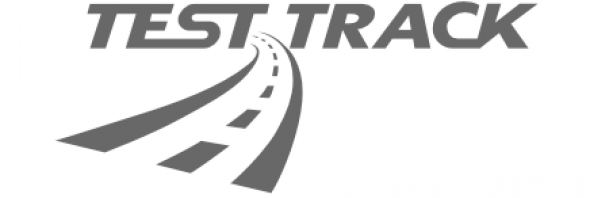
On February 7, 1997 – mere months before Epcot’s thrill ride was due to debut – it became official. Disney Imagineers were on-hand at the Chicago Auto Show where GM announced details of its ambitious new ride: TEST TRACK. In an official press release that day, Disney and GM called their new ride, “a behind the scenes look at the thrill of automotive safety.”
Given the state of the company, it’s no surprise that GM was eager to assert their new attraction as more than just a fun ride, but as a marketing opportunity.
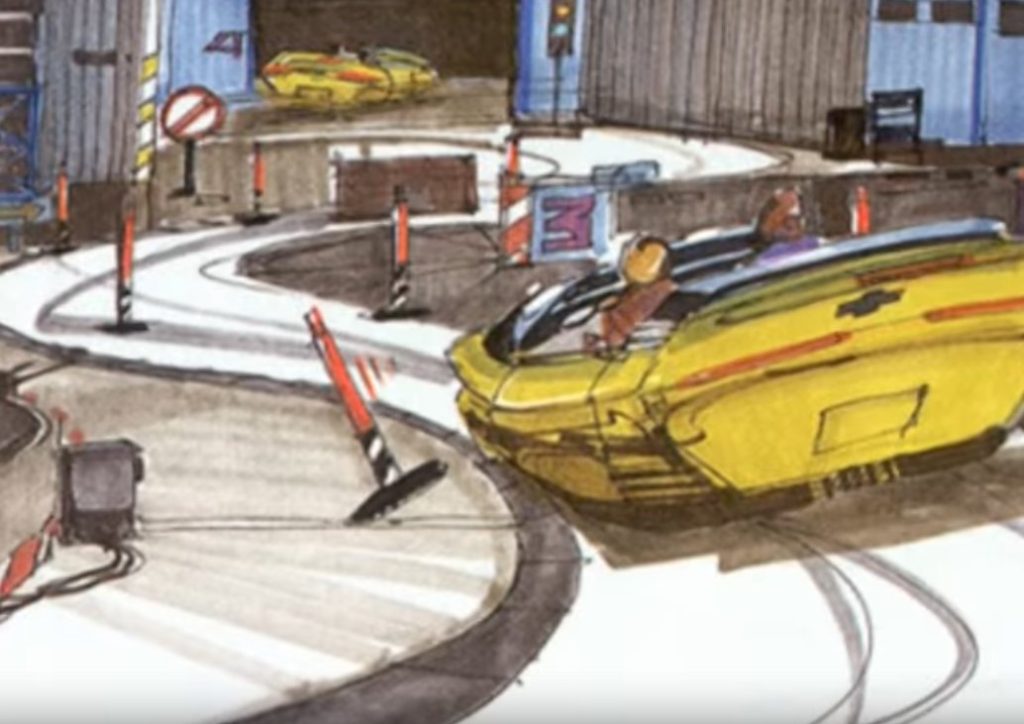
“It’s not often that consumers get a behind-the-scenes look at how our vehicles are developed and how much effort goes into vehicle testing,” said Philip Guarascio, vice president and general manager of marketing and advertising for GM’s North American Operations. “In addition to its high entertainment value, Test Track will provide our guests with a better understanding of GM’s commitment to safety, quality and advanced technology.”
“The work done by GM research engineers has set new standards for the industry and contributed to the substantial reductions in the number of automotive crash fatalities and serious injuries. Test Track is an extension of that safety effort.”
But Guarascio was quick to head-off any insinuation that GM’s reinvestment in Disney was untimely given the company’s financial meltdown a few years earlier. He insisted that GM would track visitor traffic, collect surveys, and monitor test drives, referrals and vehicle purchases to evaluate whether or not the multi-year investment would deliver.
“We didn’t do it because it feels good,” Guarascio said. “We did it because it makes good business sense.”
The Perfect Car
Like World of Motion, Test Track would be a dark ride. But the similarities would end there. First, walls separating the show scenes from World of Motion would fall, turning the pavilion’s second story into one massive, cavernous industrial warehouse full of “safety tests” (as the rare Passholder-exclusive construction photo shows).
To endure them, Test Track would ascend and descend sharply, accelerate and brake, rumble over rough terrain, tackle banked turns, and slow for show scenes throughout the ride’s interior before revving to 65 miles per hour for a speed test finale. That required a new, versatile ride system.
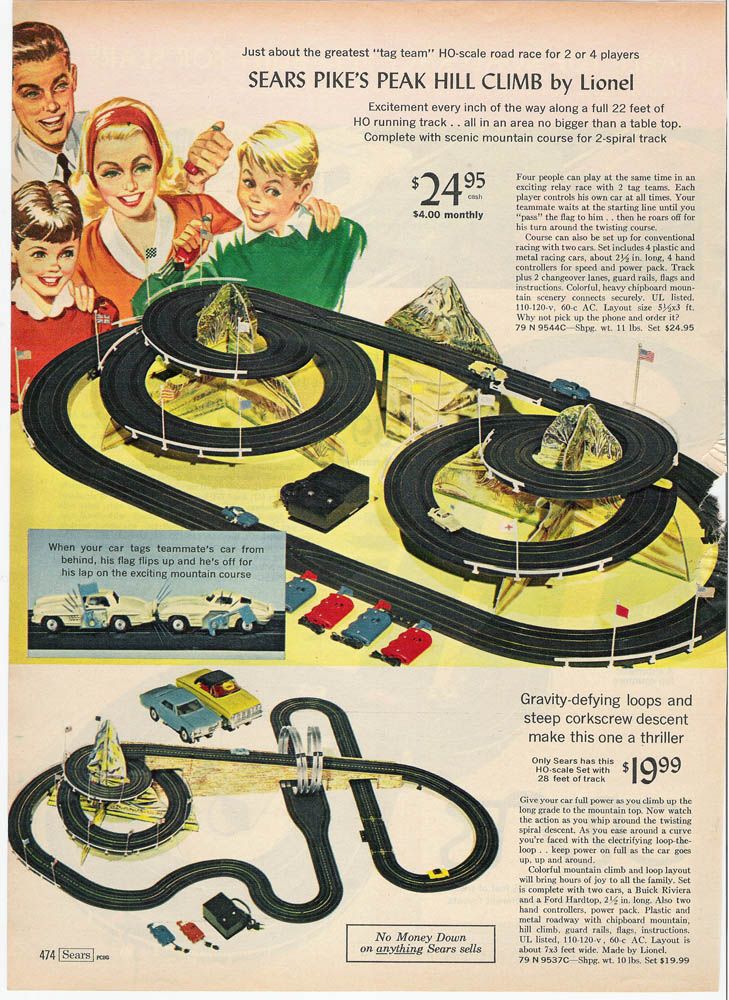
At its core, the vehicles used on Test Track would have a lot in common with the pioneering, groundbreaking vehicles used just a few years earlier on Disneyland’s 1995 Modern Marvel: Indiana Jones Adventure.
Imagine the slot car tracks you might’ve had as a child, where small model cars are affixed to a track using a pin inside of a guide groove. In these pint-sized slot cars, the squeeze of a wired trigger would use battery power to charge the track, energizing a small motor inside the car through electrical pickups. The result was a pleasant burning-rubber smell (recalled by many generations) and a zippy, burst of speed.
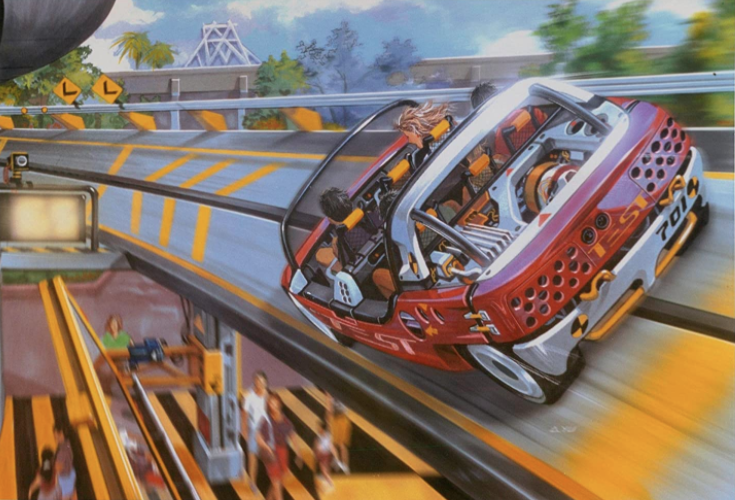
Test Track wouldn’t be so different. On a human-sized scale, these vehicles would ride along a track with a bus-bar fed down a central slot to guide tires and power supplied from beneath. Each of Disney’s vehicles would include three on-board computers to track the ride’s progress and speed, activate show scenes and lightning, and control on-board audio and video cues.
While Indiana Jones Adventure would then place a hydraulic motion base atop the powered, slot-guided chassis to simulate rough terrain, Test Track’s thrill would come from speed. That would take a little restructuring. And that’s where the problems began to mount.
System Error
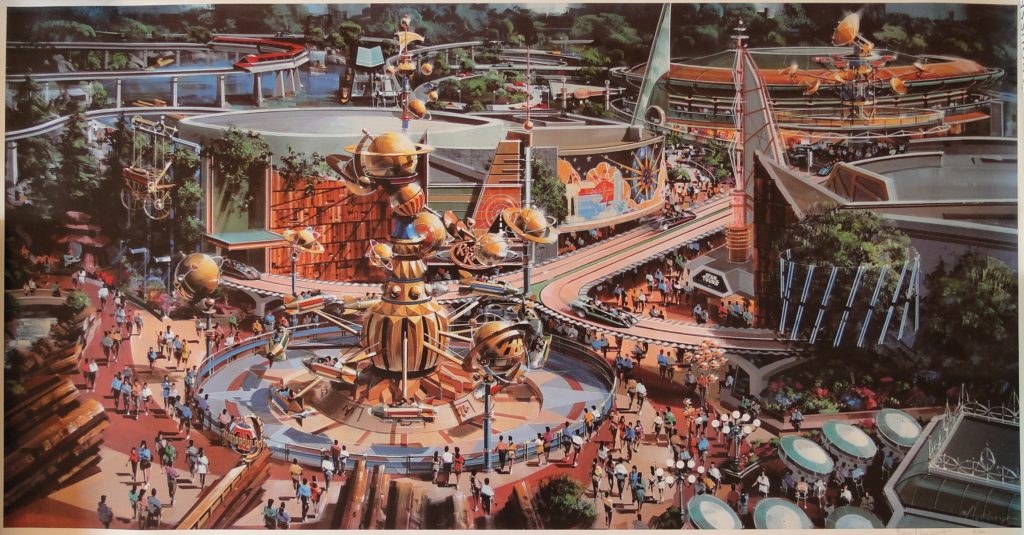
While Disney’s Imagineers were developing the new Test Track technology, they were concurrently working on a project for Disneyland that would use the same basic principles… Though plans for an ambitious, cutting edge Possibilityland: Tomorrowland 2055 had been left on Imagineering’s cutting room floor, the New Tomorrowland destined for the park would feature at least one headlining ride.
At the cost of the park’s Lost Legend: The Peoplemover, this New Tomorrowland would offer a staggering thrill ride along the aerial highways of the gold and bronze “agri-future.” Replacing the high-capacity, mid-century pastel cabs of the optimistic Peoplemover would be something decidedly different…
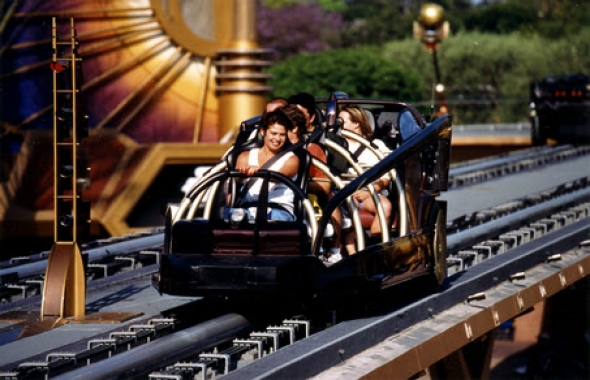
If they had worked, the Rocket Rods would’ve allowed guests to blast along the second story of Tomorrowland, weaving in and out of showbuildings before entering a wild finale of rocketing through the woods of Tomorrowland and over the Submarine Lagoon. The Rocket Rods would’ve taken about 3 minutes to complete the same circuit that had taken the Peoplemover sixteen. Of course, they didn’t work.
You can read all about why Disney’s most disastrous ride ever literally didn’t work in its own in-depth Declassified Disaster: The Rocket Rods.
The 1998 opening and subsequent failure of Rocket Rods was like watching dominoes fall. Disney’s budget hadn’t allowed the old Peoplemover track to be banked at each turn, requiring the Rocket Rods to constantly accelerate and decelerate, slowing to a crawl at each twist in the track.
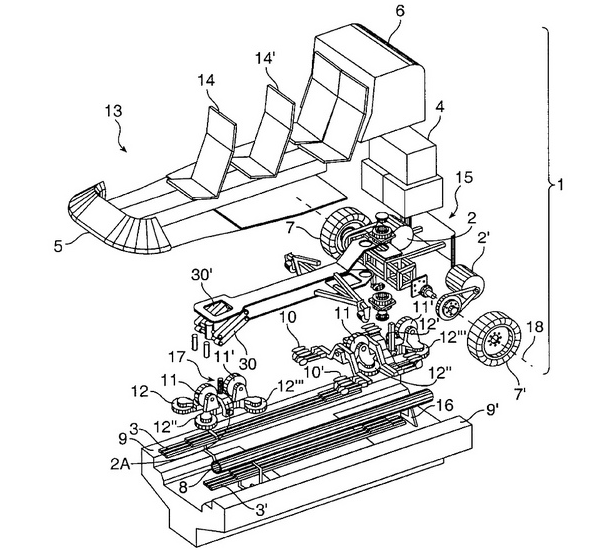
Allegedly, this continuous and highly exhaustive start-stop not only wore out rubber tires weekly, but it fried control systems trying to precisely track, monitor, and space out the Rocket Rod vehicles. After a few years of effort wherein the Rocket Rods were closed more than open, Disney threw in the towel on the high-speed attraction.
It wasn’t a surprise to Disney World fans. While the Rocket Rods were sputtering throughout Disneyland’s Tomorrowland, their own high speed thrill ride was still not open.

In fact, Test Track’s announced May 1997 opening had came and went, and the temperamental prototype ride system was not working in Florida, either. While Disney could quietly shutter the Rocket Rods and leave well enough alone, Test Track would be decidedly more difficult to brush under the rug. Allegedly, Disney scrapped the software developed by an outside manufacturer entirely and took over themselves, building and installing new software to monitor and run the ride.
At an estimated cost of $100 million – one of the most expensive rides ever developed – Test Track opened on March 17, 1999… almost two years after its scheduled debut.
Was the ride inside worth the wait? We’ll strap in and go for a ride on the next page.




